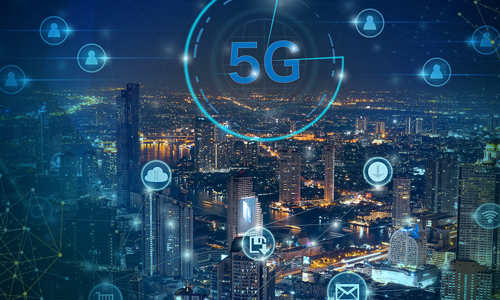The importance of BBU emulation
Previously published on Light Reading
Lately, we’ve focused on steps needed for operators to get their RAN ready for their next mobile technology evolutions -- including advanced 4G standards and, ultimately, 5G. (See Beyond CPRI: Planning for 5G Fronthaul and Preparing the Transport Network for 5G: The Future Is Fiber.)
While the industry continues to debate the pros and cons of technologies (Ethernet vs. CPRI) and architectures (distributed RAN vs. centralized RAN), they must not lose track of the basic, practical steps that should also be taken along the way. In this blog, we discuss the importance of BBU emulation as part of the overall test process for turning up cell sites.
In today's mobile networks, the base transceiver station (BTS) has been separated into two components -- the remote radio head (RRH) located at the top of the cell tower next to the antennas and the baseband unit (BBU) below. In most 4G networks, the BBUs typically sit at the base of the tower. The newest trend in 4G -- and certainly with 5G -- is to centralize BBUs in central offices, several kilometers away from the cell towers. This is called centralized RAN, or C-RAN.
Significantly, whether building out distributed RANs or new centralized RANs, BBU emulation is an important part of the turn-up process, along with connector inspection and fiber characterization. In cell site construction (whether distributed RAN or C-RAN), BBUs may not be installed or commissioned until after the cell tower is handed over to the mobile network operator. At this point, the mobile operator may find that cell tower transmissions aren't working properly -- or at all -- and a time-consuming and costly process ensues to find the cause of the transmission degradation or failure.
Ideally, cell tower installers would have the tools available at the time of installation to ensure that, when the mobile operators deploy their BBUs, all cell tower components and connections will be in working order. BBU emulation accomplishes this goal by imitating BBU transmission and RRH communication without requiring an actual BBU in the network. Here are some important tests that installers can perform by adding this relatively simple testing step:
- Identify RF interference source: Installers/technicians will learn if there is any RF signal interference associated with the cellular transmission. If the RF interference occurs across multiple antennas on the tower, it is mostly likely an external source -- which could include anything from nearby Sonet equipment to old cable amplifiers or even baby monitors in the area. A single antenna interference indicates an internal source, such as a coax cable defect or a faulty antenna.
- Passive intermodulation (PIM) testing: PIM is mixing of sub-carriers caused by defects in the mechanical components of a wireless system, comprised of antennas, transmission lines and related components. Similar to RF interference, PIM sources can be internal -- such as rusted elements or bad connectors -- or external -- such as nearby metal pipes or roofing. The BBU emulator can identify PIM as well as help determine whether that source is internal or external.
- Fiber cable installation validation: Mixing up fiber connections to the RRH is a common cell tower installation error. BBU emulation can be used to assure that all fibers are connected to the correct RRHs and the correct antennas/direction (sectors).
- Antenna and coax cabling validation: While fibers connect the BBU to the RRHs, coax connects the RRH to the antennas. BBU emulation can be used to ensure that the coax cabling is wired correctly and performing to the mobile operator's specifications. Using BBU emulation, mobile operators can instruct the RRH to perform a return loss measurement and related voltage standing wave ratio (VSWR) measurement which will provide an assessment of the quality of the coax and antenna connections.
To be clear, each of the problems detected by BBU emulation could also be diagnosed by the mobile operator once the BBU is commissioned at the tower. The value in BBU emulation lies in detecting faults during installation and prior to commissioning to avoid lengthy and costly delays in service turn-up and help them generate new revenue streams faster.



